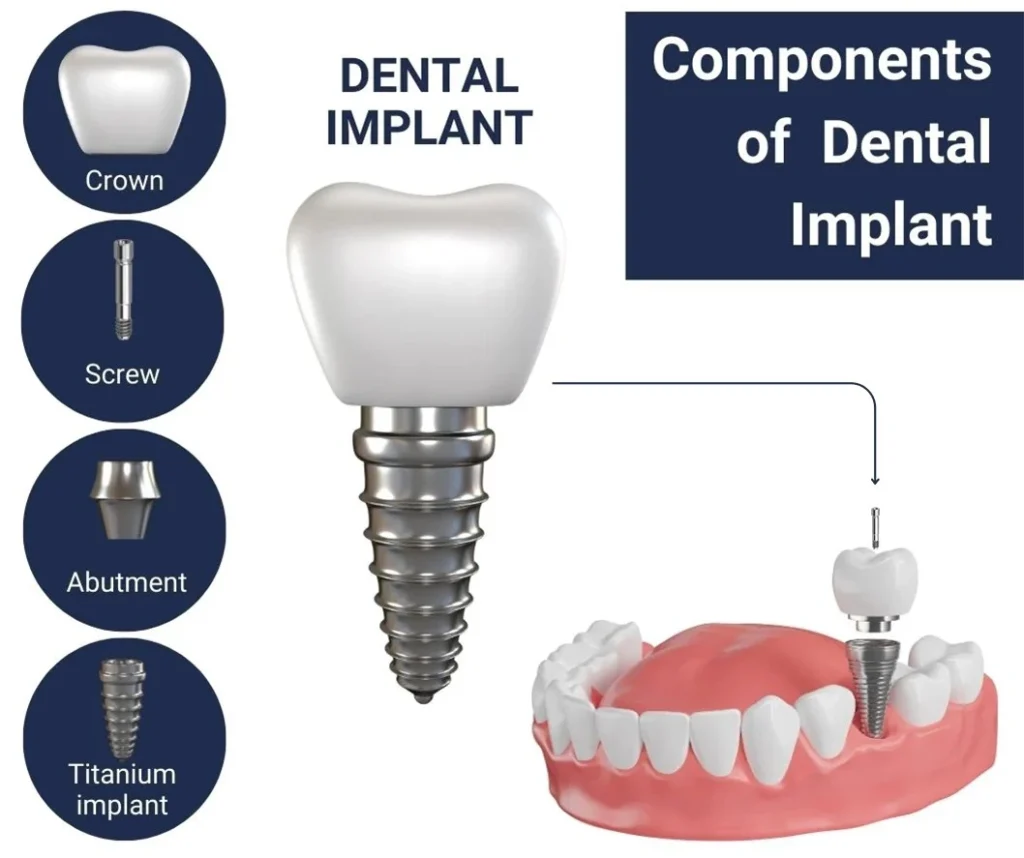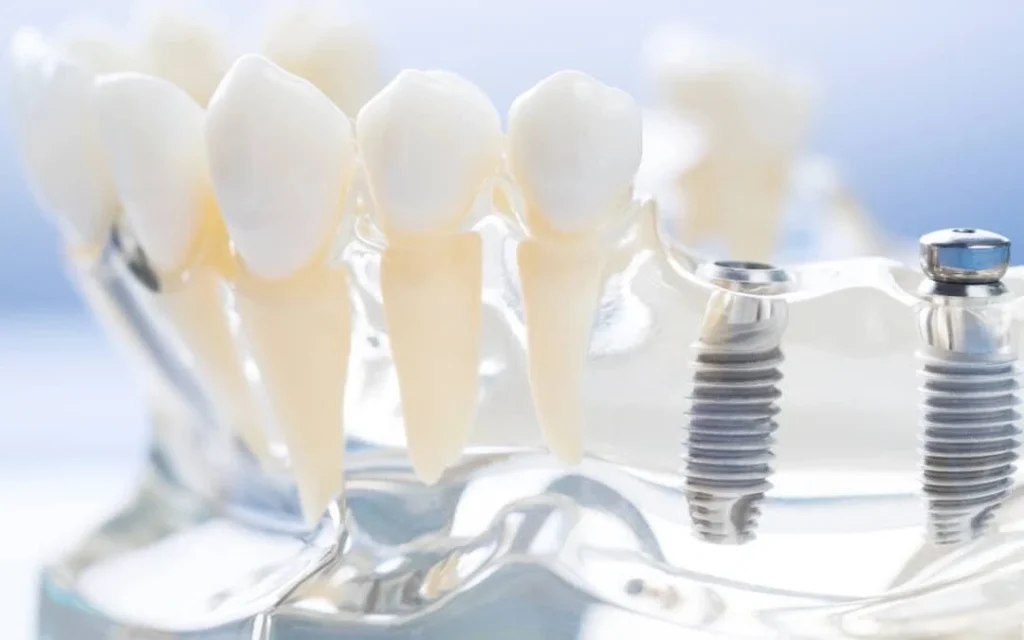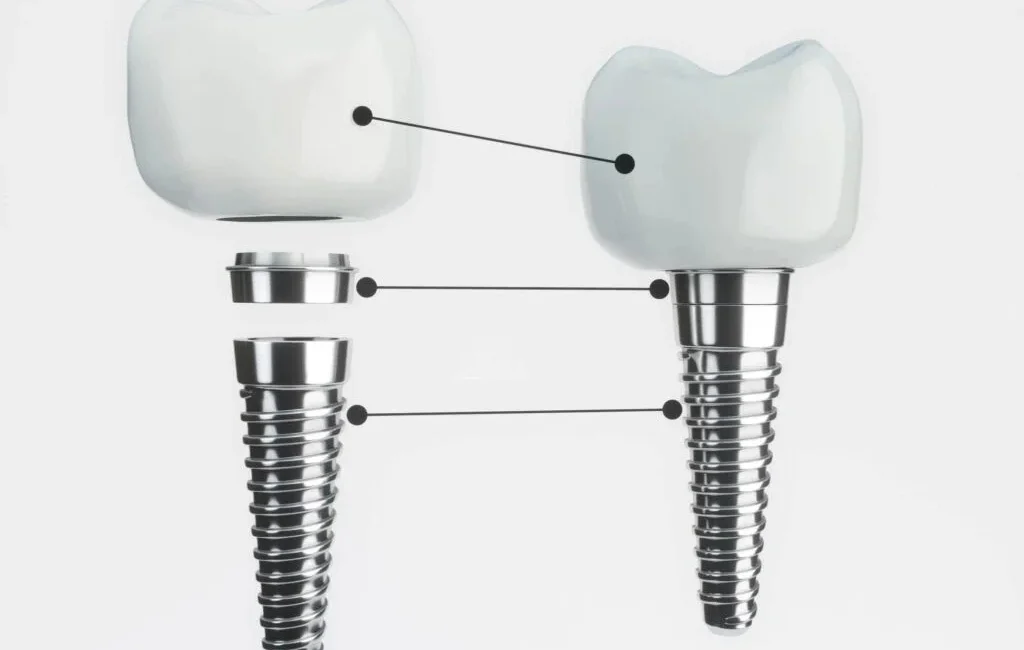Introduction to Dental Implants
Dental implants have revolutionized modern dentistry, providing a permanent, reliable solution for missing teeth. By mimicking the structure and function of a natural tooth, dental implants deliver unmatched durability and aesthetic appeal. Unlike traditional dentures or bridges, implants integrate with the jawbone, preserving oral health and enhancing overall quality of life.
This guide delves deep into every aspect of dental implants, from their incredible benefits to the cutting-edge technologies behind them, offering you a comprehensive understanding of this transformative treatment option.
Benefits of Dental Implants
The advantages of dental implants go far beyond just replacing a missing tooth. They positively impact oral health, aesthetics, and even psychological well-being. Here’s why they are the gold standard in tooth replacement:
1. Long-Lasting Solution
Dental implants are designed to last a lifetime with proper care. Unlike bridges or dentures that often need replacement every few years, implants are a cost-effective investment. Constructed from highly durable materials such as titanium or zirconia, they resist wear and corrosion, ensuring years of functionality.
2. Natural Look and Feel
Custom crowns attached to dental implants are designed to match the size, shape, and color of your natural teeth. This ensures seamless integration into your smile, restoring confidence and normal oral functions like speaking and chewing. Advanced imaging technologies guarantee precision, offering the most natural appearance possible.
3. Prevention of Bone Loss
One significant benefit of dental implants is their ability to stimulate and maintain bone density. When a tooth is lost, the jawbone begins to deteriorate over time due to lack of stimulation. Implants act as artificial roots, preserving bone structure and preventing facial sagging and premature aging.
4. Stability and Comfort
Unlike removable dentures, dental implants are securely anchored into the jawbone, providing unparalleled stability. This eliminates the discomfort and inconvenience often associated with dentures, allowing you to eat, speak, and smile without worry.
5. Enhanced Oral Health
Dental implants eliminate the need to alter adjacent healthy teeth, which is often required with traditional bridges. This preservation of natural teeth helps maintain overall oral health. Additionally, implants support the integrity of your dental arch, preventing shifting and further tooth loss.
6. Boosted Confidence
A complete, healthy smile can have a profound effect on self-esteem. Dental implants provide a natural-looking solution, allowing patients to enjoy social interactions and professional engagements without hesitation.
7. Versatility
Dental implants are incredibly versatile. They can replace a single missing tooth, support a bridge, or even secure a full set of dentures. This adaptability makes them suitable for a wide range of restoration needs.

Types of Dental Implants
Understanding the different types of dental implants can help patients choose the option best suited to their needs. Below are the primary categories:
1. Endosteal Implants
These are the most common type and involve implants placed directly into the jawbone. Once healed, a crown is attached to provide a stable, natural-looking replacement tooth. Endosteal implants are ideal for individuals with adequate bone density.
2. Subperiosteal Implants
These implants are placed under the gum but above the jawbone and are suitable for individuals with insufficient bone height. A custom metal framework supports the implant, providing an alternative to bone grafting.
3. Mini Implants
Mini implants are smaller in diameter and involve a less invasive procedure. They are typically used to stabilize dentures or for cases with limited bone availability. Despite their size, they offer reliable support for restorations.
4. All-on-4 Implants
This innovative approach uses four strategically placed implants to support an entire arch of teeth. All-on-4 is a cost-effective and efficient solution for full-mouth rehabilitation, particularly for patients with significant tooth loss.

The Dental Implant Procedure
The process of getting dental implants involves multiple stages and careful planning:
1. Initial Consultation
Your dentist or oral surgeon will evaluate your oral health, review your medical history, and conduct imaging studies such as X-rays or CBCT scans. These tools provide a detailed view of your jawbone structure, allowing for precise treatment planning.
2. Pre-Surgical Preparations
For individuals with insufficient bone density, preparatory procedures like bone grafting or sinus lifts may be necessary. Bone grafting options include autografts, allografts, and synthetic materials tailored to your needs.
3. Implant Placement
During the surgical phase, the dental implant is placed into the jawbone. Local or general anesthesia ensures patient comfort. The healing process, known as osseointegration, takes several months as the implant fuses with the bone.
4. Abutment and Crown Placement
Once healed, an abutment is attached to the implant, serving as a connector for the custom crown. This crown is designed to match your natural teeth, completing the restoration.
Ideal Candidates for Dental Implants
While dental implants are suitable for most adults, certain factors influence eligibility:
Who Qualifies:
- Non-smokers with good oral health
- Individuals with sufficient bone density
- Patients committed to maintaining oral hygiene
Who May Face Challenges:
- Smokers (as smoking can hinder healing)
- Individuals with uncontrolled diabetes
- Those with active gum disease
Advances in bone augmentation techniques have made implants accessible to a broader range of patients, even those with complex dental conditions.
Manufacturing Dental Implants: A Step-by-Step Guide
The manufacturing process of dental implants is a complex blend of advanced technology and meticulous craftsmanship. Each implant is engineered to meet stringent quality and safety standards. Here’s a detailed look at how dental implants are made:
1. Material Selection
The most commonly used materials for dental implants are titanium and zirconia due to their biocompatibility and strength. Titanium is particularly favored for its ability to integrate seamlessly with bone, a process known as osseointegration.
2. Design and Prototyping
Computer-aided design (CAD) software is used to create precise models of dental implants. Engineers factor in aspects such as the implant’s diameter, length, and threading to ensure optimal stability and compatibility with different jawbone structures.
3. Manufacturing Process
- Machining: Using CNC (Computer Numerical Control) machines, the implant shape is carved from a solid block of titanium or zirconia. This ensures precision and uniformity.
- Threading: Specialized machines add threads to the implant, enhancing its ability to anchor securely in the bone.
- Surface Treatment: The implant undergoes surface modifications such as sandblasting or acid etching to enhance osseointegration by increasing surface roughness.
4. Sterilization and Packaging
After manufacturing, implants are sterilized using gamma radiation or ethylene oxide gas to ensure they are free from contaminants. They are then sealed in sterile packaging to maintain hygiene until use.
5. Quality Control
Every batch of dental implants undergoes rigorous testing to meet international standards. This includes:
- Mechanical strength tests
- Biocompatibility assessments
- Dimensional accuracy checks
Maintaining Your Dental Implants
Proper care is essential to ensure the longevity of your implants:
- Brush twice daily using a soft-bristle toothbrush and non-abrasive toothpaste.
- Floss regularly to remove plaque and debris.
- Visit your dentist biannually for check-ups and professional cleaning.
- Avoid habits like smoking or teeth grinding that could damage the implants.
The Cost of Dental Implants
While dental implants may have a higher upfront cost compared to other restoration methods, their long-term benefits make them a worthwhile investment. Factors affecting cost include:
- Type and number of implants
- Need for preparatory procedures
- Geographic location and clinic expertise
Many dental insurance plans offer partial coverage for implants. Financing options are also available through most dental clinics.
Cutting-Edge Technologies
The field of implant dentistry continues to evolve, incorporating advanced technologies to improve outcomes:
Digital Implantology
3D imaging and guided surgery ensure precise implant placement. These tools minimize errors and accelerate recovery times.
Biocompatible Materials
Titanium and zirconia implants promote osseointegration while minimizing the risk of allergies or rejection.
Immediate Load Implants
For select cases, implants and temporary crowns can be placed on the same day, reducing treatment time.
Success Stories
Numerous patients have experienced life-changing results with dental implants, reporting improved confidence, better oral function, and enhanced quality of life. Testimonials and case studies highlight how implants restore smiles and functionality, offering hope to those with severe dental issues.

